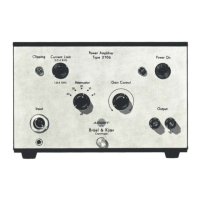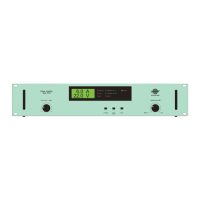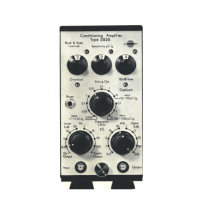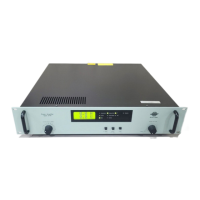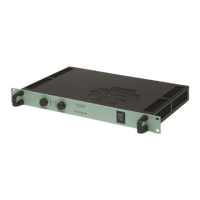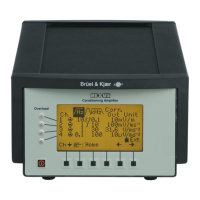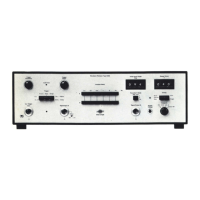Measuring Ampifier Type 2525
User Manual Vol.2
Brüel & Kjær
2–4
Chapter 2 – The IEEE – 488 Interface
Activating the IEEE Interface
2.2 Activating the IEEE Interface
At power up, both interfaces are enabled, and interface parameters may be changed
for both interfaces (see Vol. 1, Chapter 6). When interface activity is detected on
either of the interfaces, the other interface is disabled, and further changes to the
interface parameters have no effect until the next power up.
Normal use of either of the interface requires the following steps:
● Connect the cable to the appropriate interface connector.
● Switch the system on.
● Make any changes (if required) to the interface parameters in the 2525.
● Activate the interface by sending interface commands via the interface to the
2525.
2.3 Local and Remote States
The 2525 has Remote/Local transitions as described in IEEE std 488.1 – 1987.
In addition an interface message Remote is implemented (see section 5.2) for the
purpose of adding Remote/Local state transitions for the user of the serial interface.
The Remote interface message works for both interfaces, and together with the
standard IEEE–488 Remote Local state command (GTL, LLO, etc.).
When a controller addresses the amplifier as a Listener, it can put the amplifier
into the Remote state. It does this if the REN (Remote Enable) line was set to
TRUE prior to the addressing. When the amplifier is in Remote state, all the amplifier
keys are inoperative, with the exception of .
The amplifier returns to Local state when:
● is pressed, or
● The REN line is (re)set to FALSE (or by sending the interface message
Go_To_Local (GTL))
All the manual keys will now work normally again.
Notes: If the controller, using the bus command LLO or the interface message,
Remote Local_Lockout), has put the amplifier into the LOCAL LOCKOUT state,
then has no effect. Only if the message Remote OFf or Remote ON is sent
will the 2525 be returned to Local or Remote without lockout mode.
When the 2525 is in Remote state, a message indicates this on the bottom line of
the amplifier’s screen.
Local
Local
Local
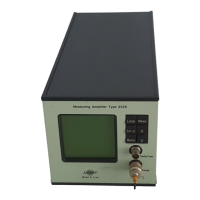
